“Ulysses” – second attempt. James Joyce’s Dublin
Probably everybody has some day tried or at least planned to read James Joyce’s “Ulysses”. So did we. But we have to admitt that none of us finally managed to read the book. Maybe some day Ola will try and will be the one in our family who makes it. We believe in her. Until then she will be the witness of our second attempt to Joyce because we decided that “Ulysses” and his other works will lead us through the streets of Dublin.
1. Our first point is located outside the city center at Eccles Street. House number 7, where Leopold Bloom, main character of “Ulysses” started his famous day, doesn’t exist any more. Under number 7 today there is a hospital. Main entrance to Bloom’s house was exactly where the sign Mater Private Hospital is today. Fans of the novel will probably be happy to hear that the doors were saved from demolishion and today they are exhibited at James Joyce Center at North Great George’s Street. Accross the street from the hospital, private clinic at 78 Eccless Street has decorated their building with details from “Ulysses”. Don’t let that trick you – this is NOT a real Bloom’s house.
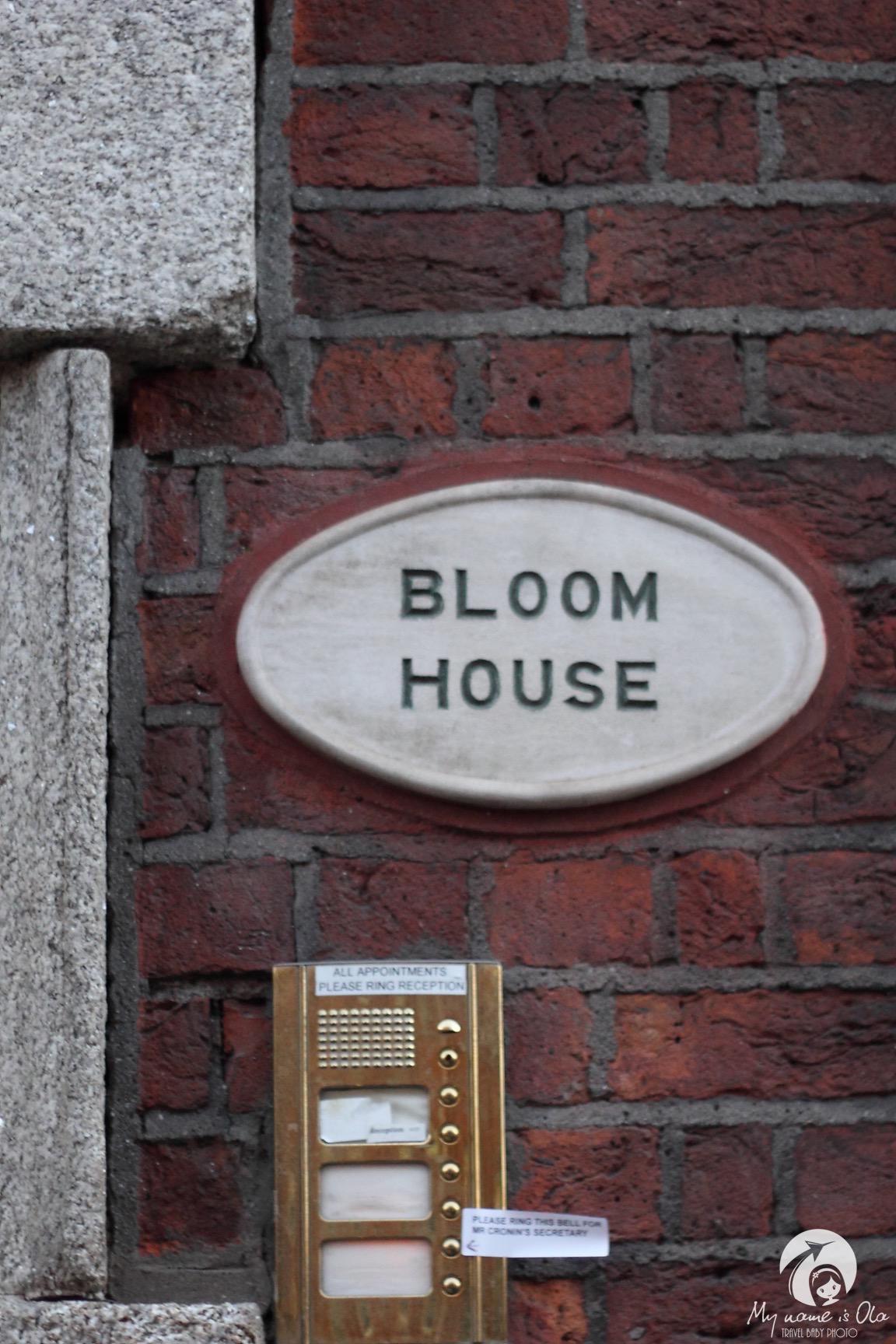

2. Located nerby, St. George’s Church has also appeared in Ulysses. The bells that Bloom heard being in his home at 7 Eccles Street, were those of St. George’s Church. The church was built at the begining of 19th century. 60-meter high spire and four-column portico are the most important features of the building. In 1991 the church was deconsecrated and since then it has had many different functions. It used to be for example a theatre. Today it’s being renovated and the bells, that Bloom has heard ringing, were moved to Taney Church w Dundrum.
3. We moved quickly to O’Connel Street where we found another object, this time refering to the person that appers in Joyce’s works. Writer was influenced by ideas of Charles Stewart Parnell, a 19th century politician, leader of the movement for Irland’s autonomy. His monument closes Dubin main artety – O’Connel Street from the North. It shows the figure of Parnell with a 17-meter high obelisk of solid marble behind. Parnell in his efforts almost succeeded in the 80. of 19th century, 30 years before Ireland in fact declared its independence. In Joyce’s works we find Parnell in “A Portrait of the Artist as a Young Man” – during Christmas dinner at Stephen Dedalus’ house the discussion about Charles Parnell becomes a family quarrel.
4. Going down the street we arrived at General Post Office – the headquarter of Irish Post. This is a very important place in Irish history – during the Easter Rising in 1916 it was a headquarter of the rebel’s leadres and it’s here, on the steps of GPO, where the independence of Ireland was declared. This is a monumnetal granite building constructed in 1818. It is characterised by six-column portico and what is interesting originally tympanum was decorated with the royal arms, removed during renovation in 1920.
In Joyce’s works GPO did’t play any significant role. For example in “Ulysses” it was mentioned as a place where bootblacks provided their services.
5. On the other side of the Liffey we find Trinity College – 16th century protestant University of Dublin. Catholics were not accepted there until 1793 and only until 1873 some restrictions in their functioning on the University remained. That refferes for example to scholarships and professorships which were not achievable for catholics. If there were some catholics, who despite that, wanted to study at the Univeristy, first thing they had to do was to ask their bishop for permission. Until 1970 catholics were forbidden to attend the University without such permit. One object of Trinity College definitely worth attention is the Library. It has around 5 million books and some important manuscripts like Book of Kells dated back to 800. The Book and other manuscripts they exhibit in the Library museum, part of which is the famous Long Room. It’s an impressive room where part of collection is kept. It’s definitely worth visiting.
James Joyce was a catholic and that might explain why Leopold Bloom passing the Provost house says that he wouldn’t lived there even if he was paid.
6. Following Dames Street to the West looking for Dolphin house, another place connected with Joyce, we passed among others the Town Hall, Dublin Castle, and not knowing how and when we arrived at Christ Church Cathedral. Admiring the medieval cathedral we realised that the point that we were looking for we have surely already passed.

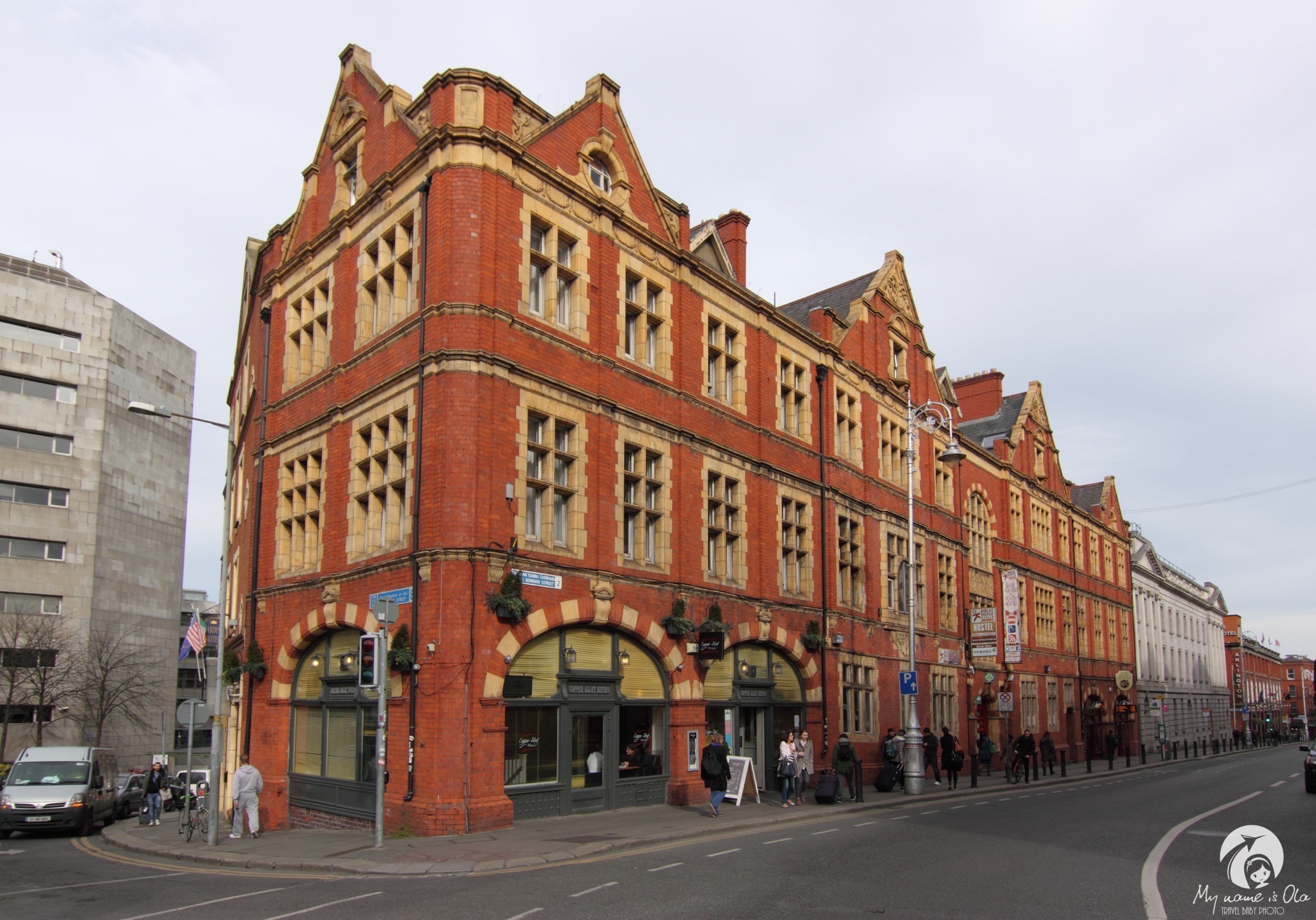

 We had to admitt we were lost, we found ourselves somewhere else than we expected. But the situation wasn’t that bad. Right next to the Cathedral there is a place we have planned to visit anyway – Leo Burdock, a bar that has served traditional fish&chips since 1913! That is probably the most popular such bar in Dublin. They used to wrap fish&chips to go in one day old newspaper, today it’s just a plain grey paper.
We had to admitt we were lost, we found ourselves somewhere else than we expected. But the situation wasn’t that bad. Right next to the Cathedral there is a place we have planned to visit anyway – Leo Burdock, a bar that has served traditional fish&chips since 1913! That is probably the most popular such bar in Dublin. They used to wrap fish&chips to go in one day old newspaper, today it’s just a plain grey paper.
Although at Leo Burdock it went really fast, within few minutes it got dark outside and Ola lost her patience for runing around the city so we had to give up the idea of continuing our walk. We pushed the stroller towards the hotel. So just like with the book – we didn’t manage to finish our walk through Dublin with “Ulysses”. The novel on the shelf will be reminding us that it might be a good idea to come back to Dublin some time and try to explore the story of Leopold Bloom and the city as well. Maybe some day Ola will do better than us, with the book and with the city.

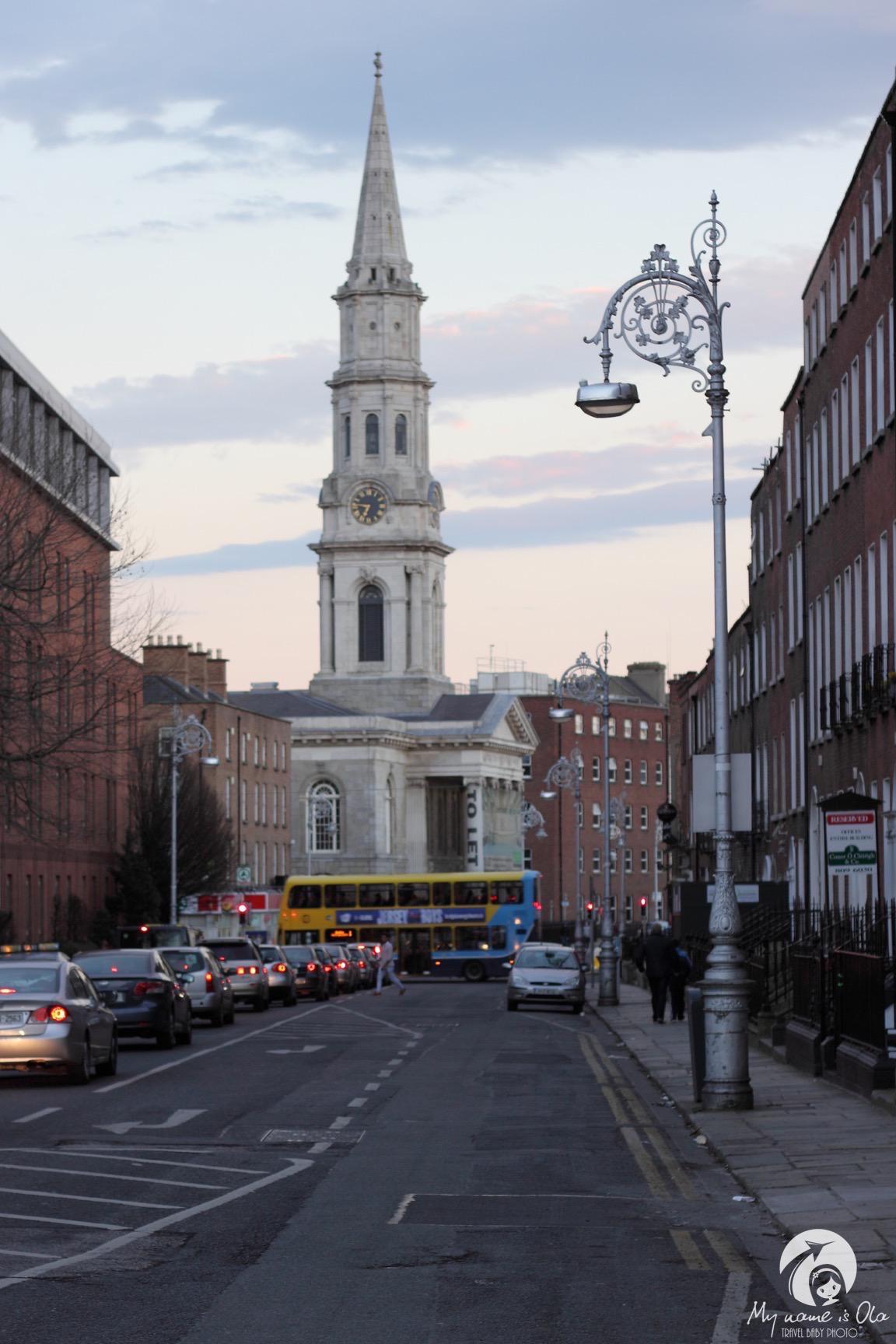


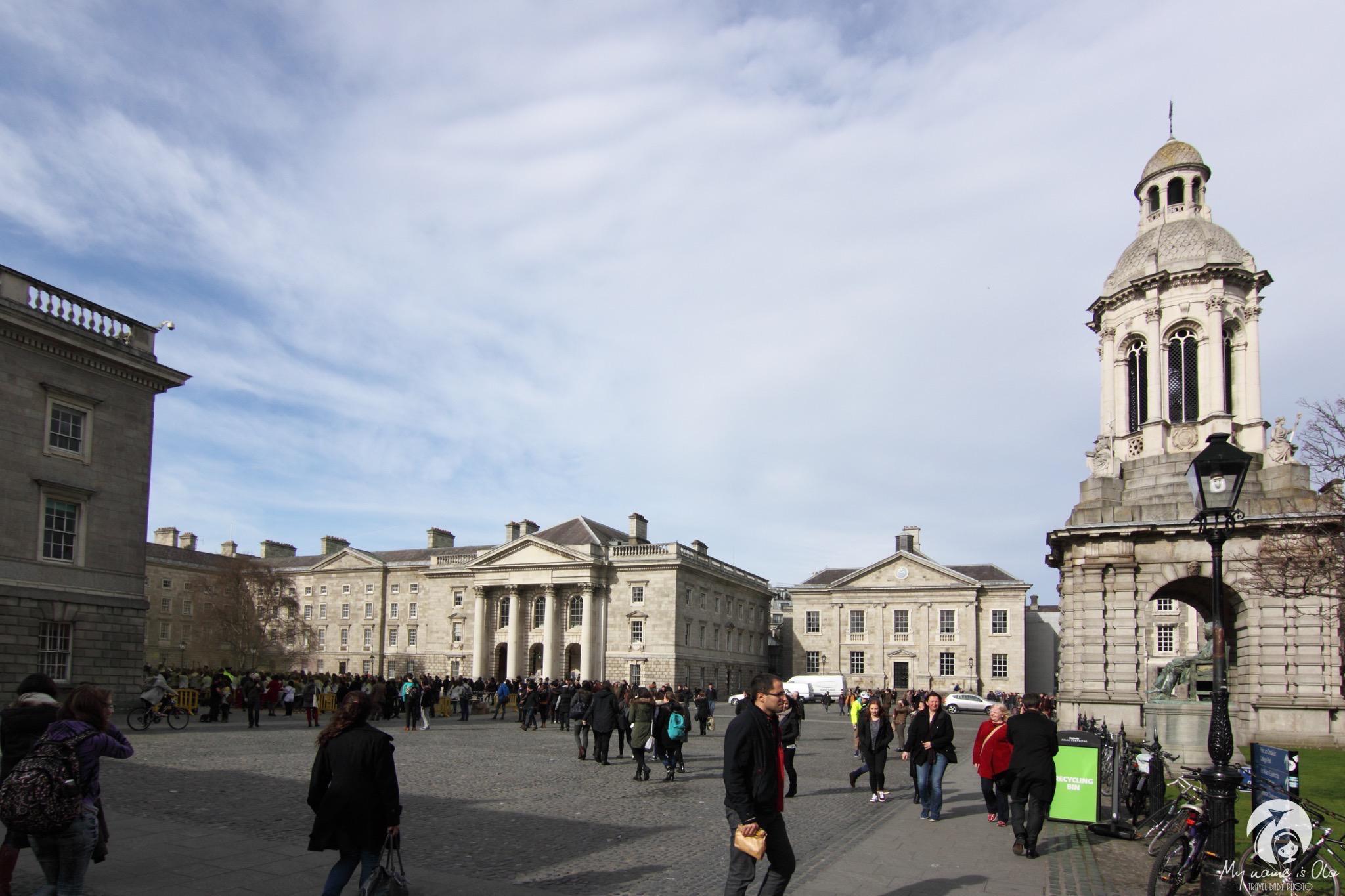



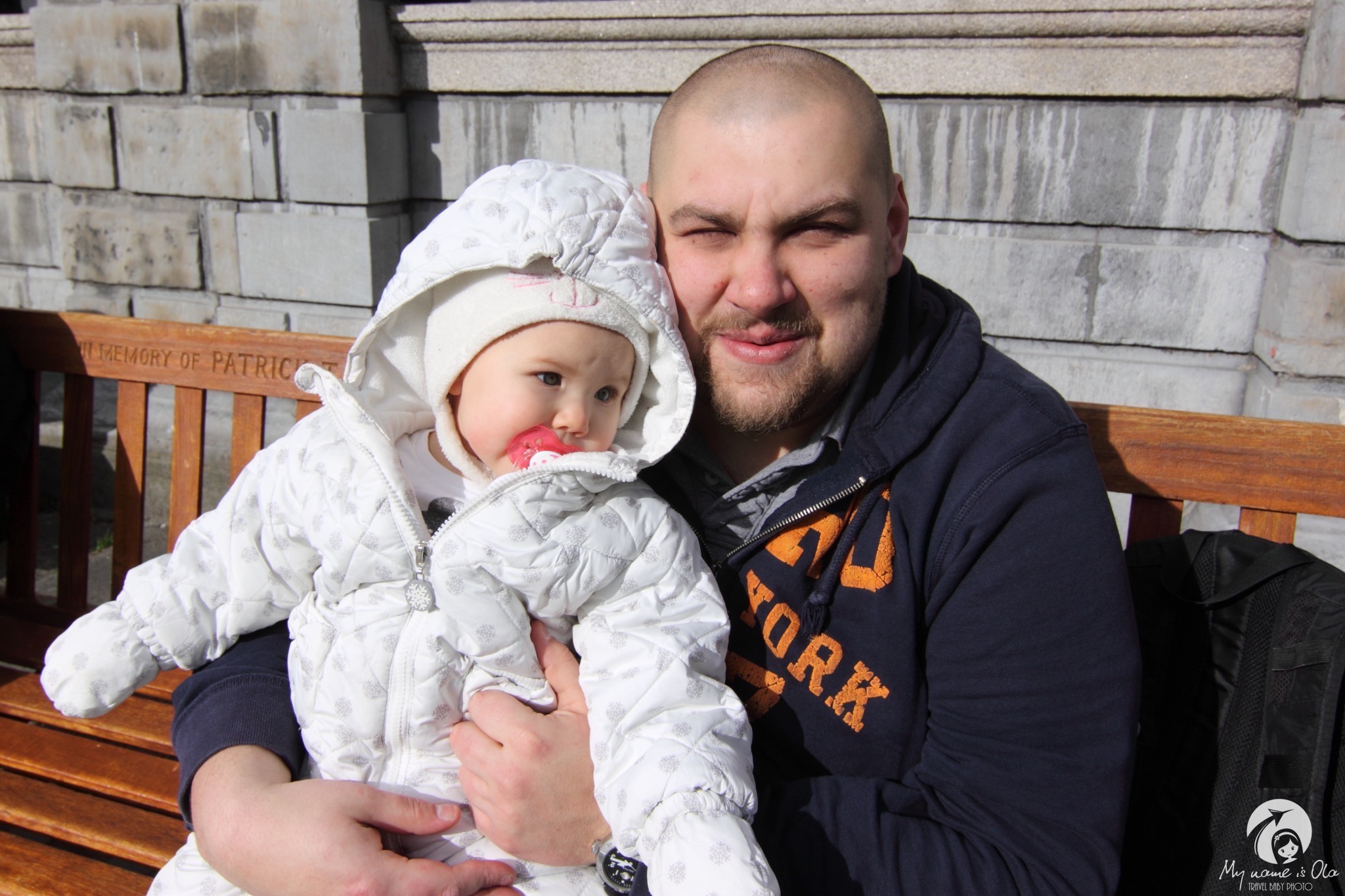


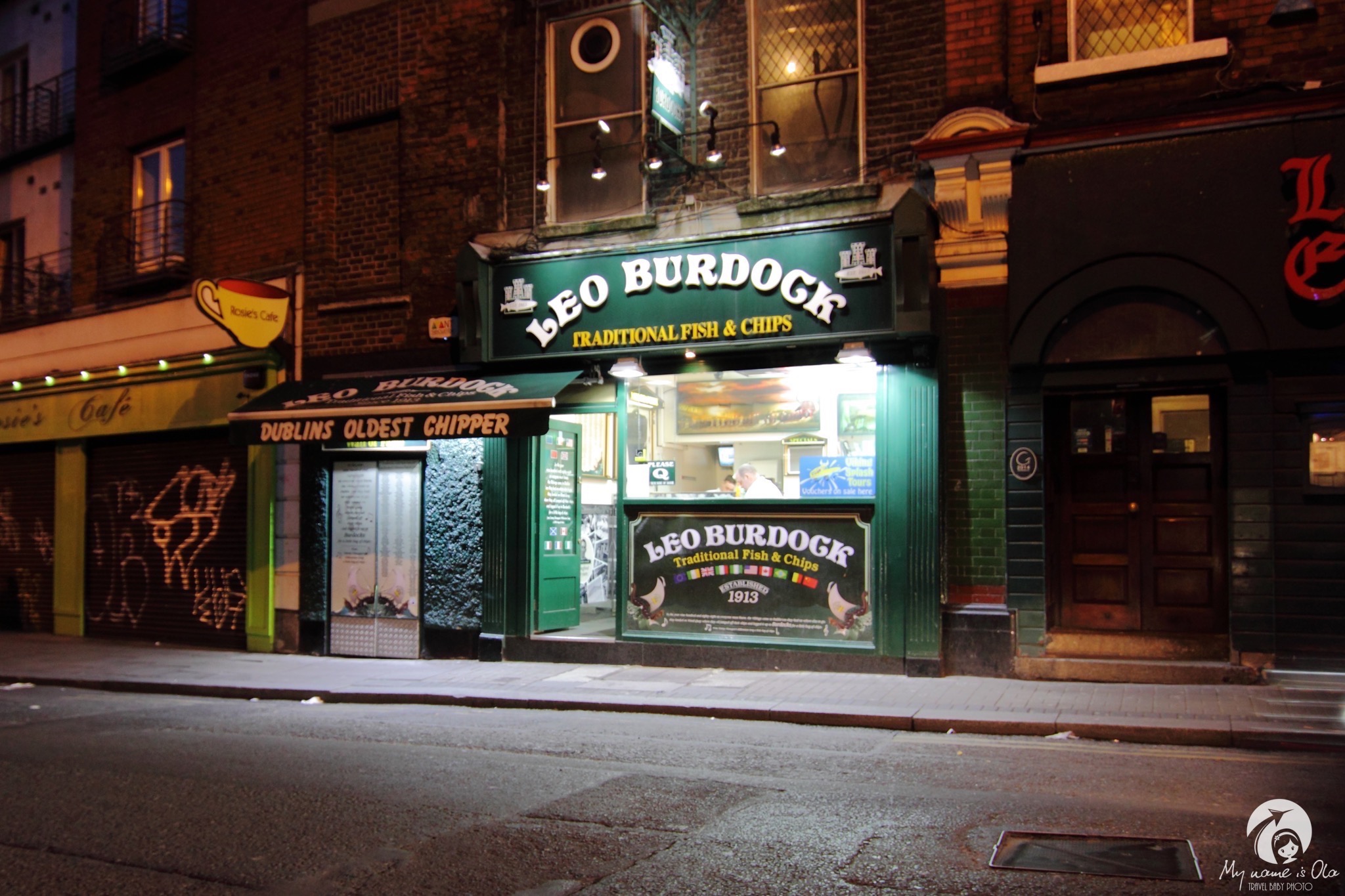
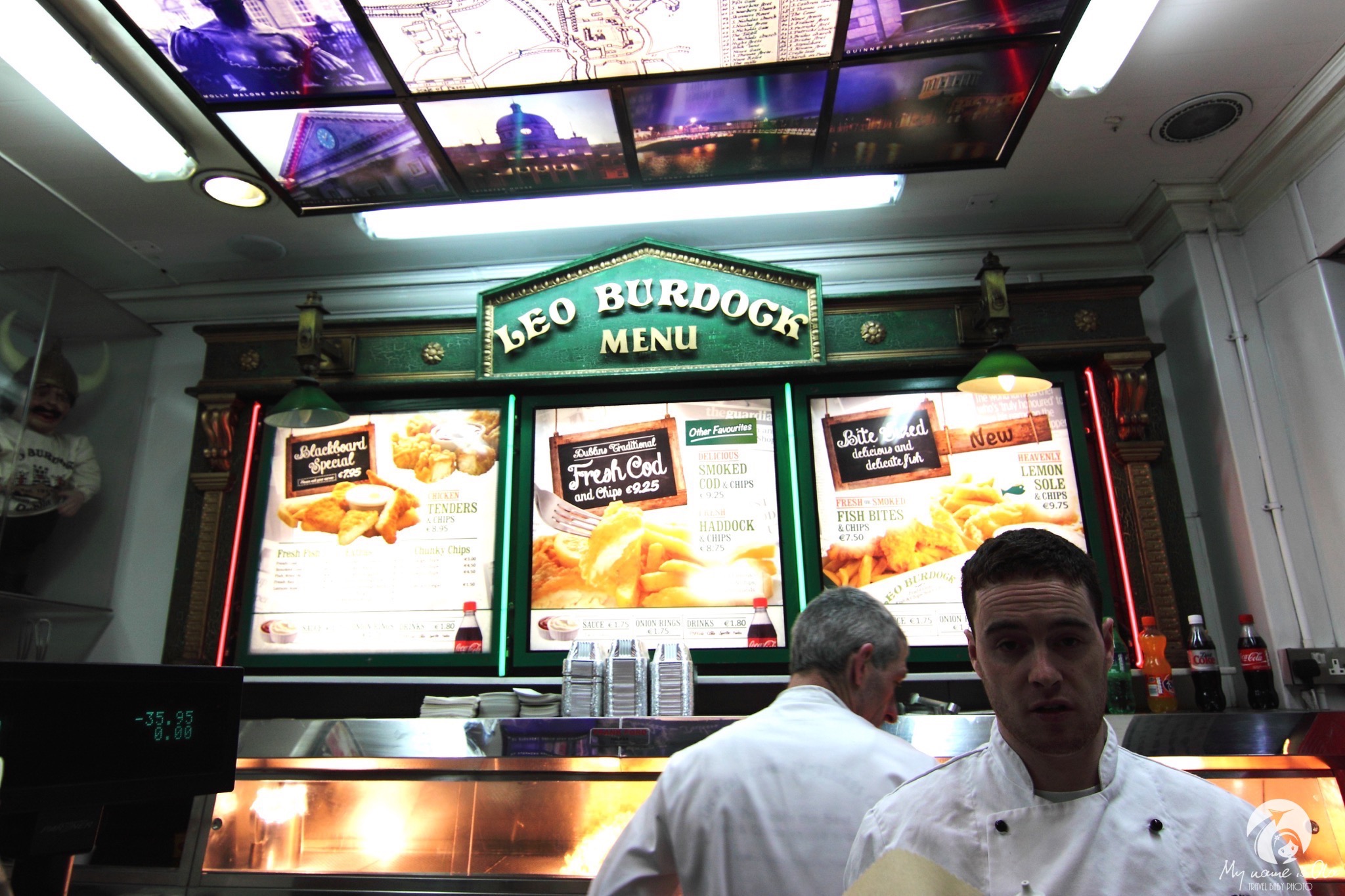
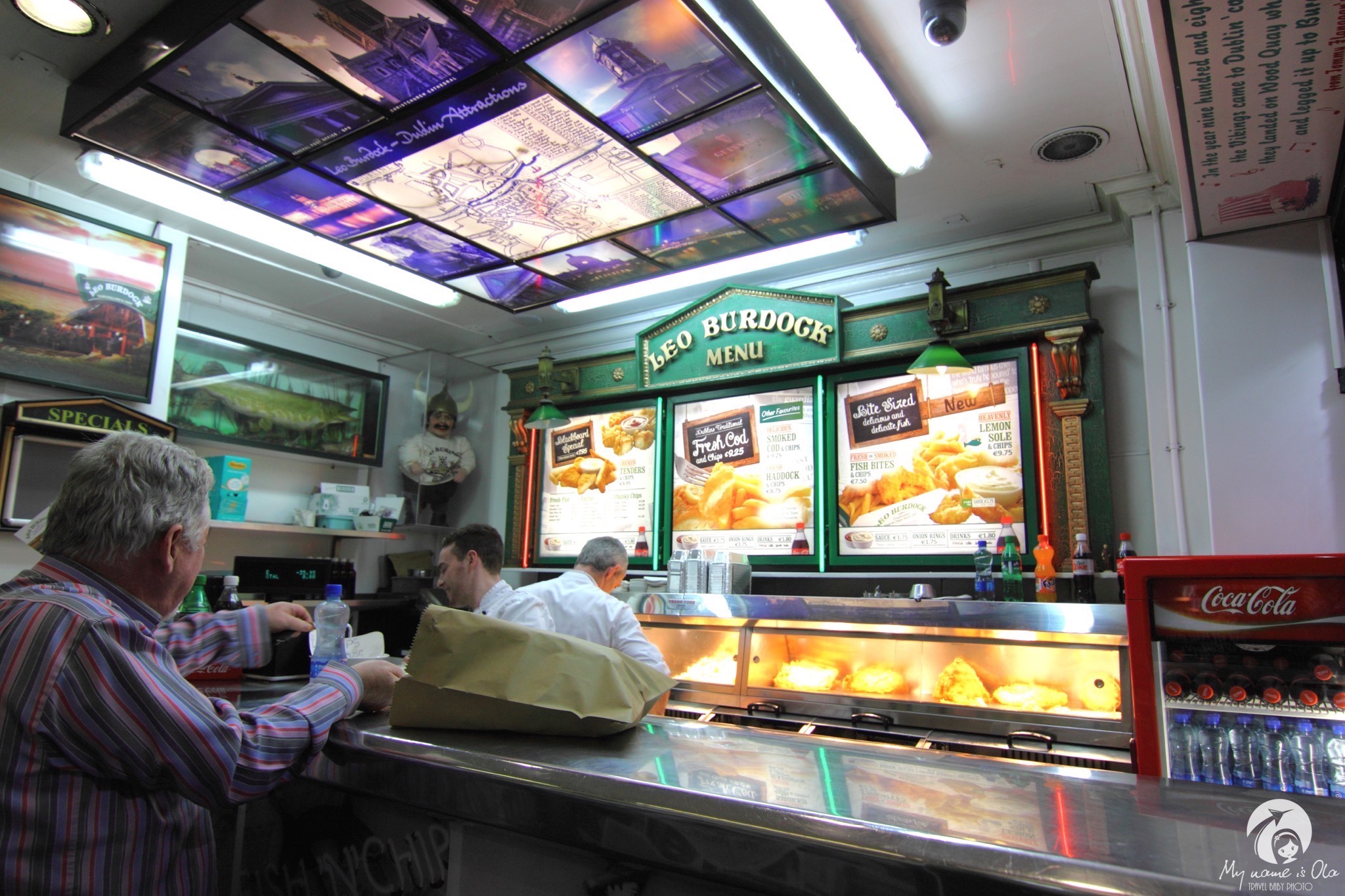
Marcin Nowak Tuesday March 24th, 2015 at 11:04 PM
Super wpis i zdjęcia! Świetnie, że właśnie od tej storny ugryzione miasto. Uwielbiam właśnie takie odkrywanie miast. Na pewno jakbym odwiedził Dublin to też bym szukał tych miejsc.